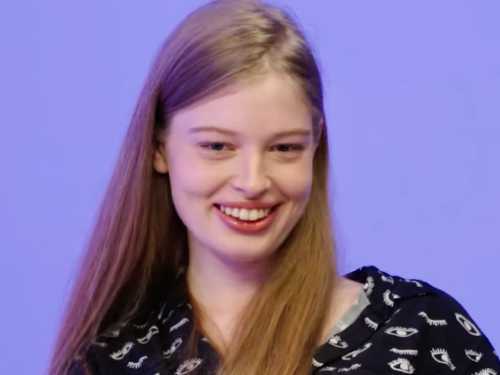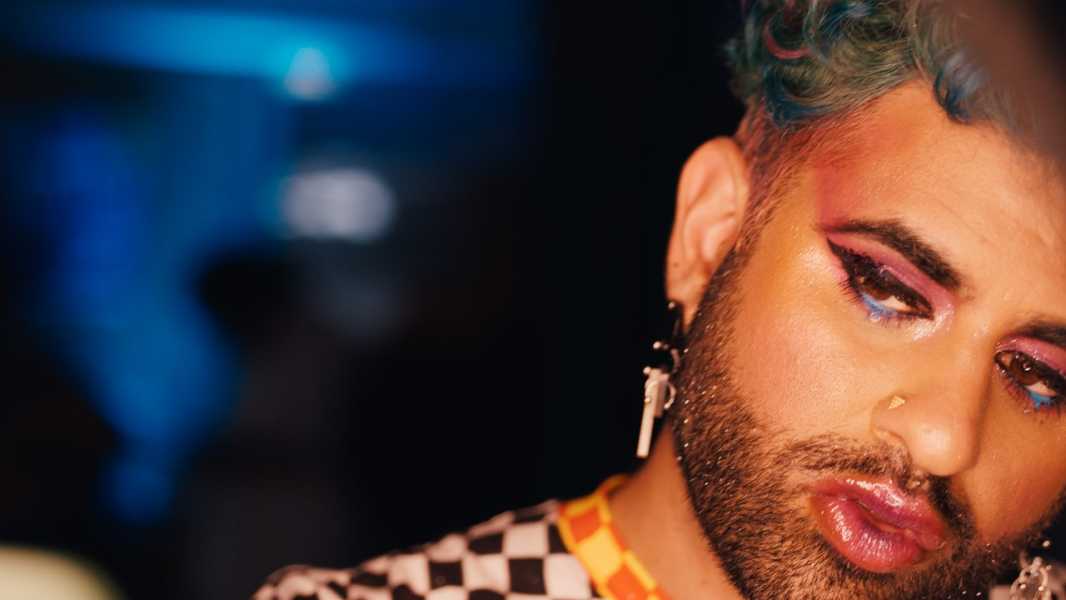
Save this storySave this storySave this storySave this story
Hilton Als
Staff writer
You’re reading the Goings On newsletter, a guide to what we’re watching, listening to, and doing this week. Sign up to receive it in your in-box.
There are a lot of ghosts in the exhibition “Dueñas de la Noche: Trans Lives and Dreams in 1980s Caracas” (through Jan. 25), at the Institute for Studies on Latin American Art, in Tribeca: trans people who you know couldn’t make it because of AIDS, and because of the cruelty that is visited upon trans people in what remains a Catholic city. But the integrity you see in “Trans,” a 1982 documentary by the filmmakers Manuel Herreros de Lemos and Mateo Manaure Arilla, which is the centerpiece of this important show, is bittersweet—the women it follows have made their own community out of an emotional need, for sure, but also out of necessity: in their world, health care, if it existed at all, was dicey, and violence was no stranger. The black-and-white production photographs that document the women at work—primarily as sex workers—and after, are poignant, and add a lot to a view into a shadowy world where the fierce determination to be oneself was often met with resistance. But this did nothing to diminish these women and their hope and their beautiful internalized glamour.
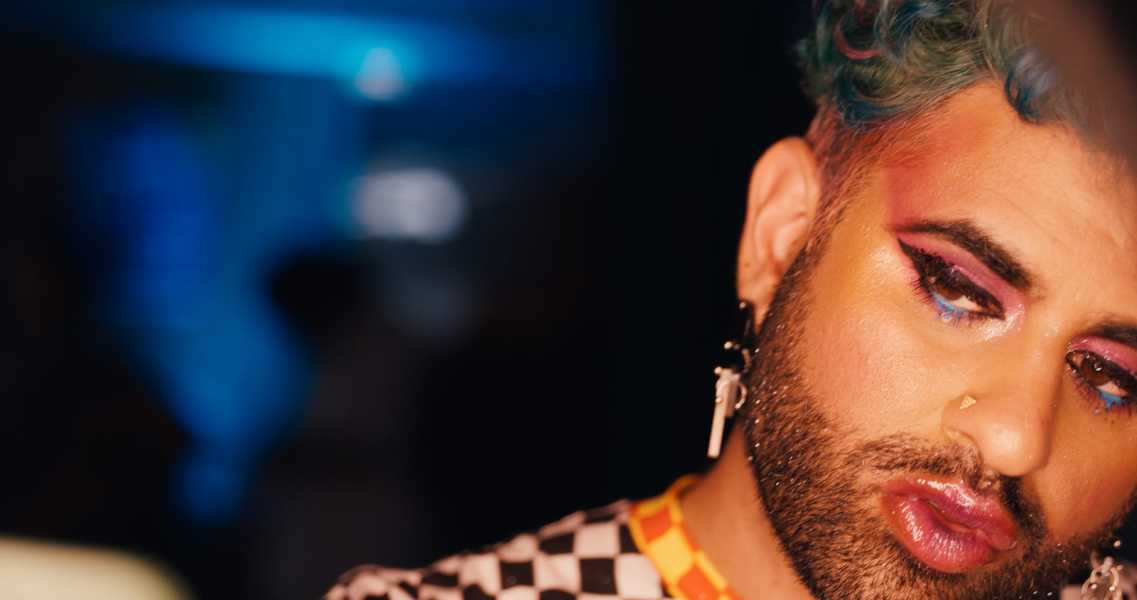
Alok Vaid-Menon.
Photograph courtesy Egg Pictures / Not All Films / Tough Lover
More than forty years separates “Trans” and “ALOK,” the director Alex Hedison’s sensitive and heartfelt portrait of Alok Vaid-Menon, a nonbinary author, poet, and comedian, which is currently streaming as part of NewFest36’s virtual encore series (through Dec. 25). Sitting under a cloud of brightly colored hair, Alok speaks not only from the experience of being caught in a world not of their making but about how to make one’s own world. And to see Alok’s friends and fans join them in the grand experience of freedom is liberating. To listen to Alok and see them alternate good cheer, seriousness, and welcoming spirit is to remember what the trans community lost during the early years of their marginalization, and what we can gain by getting to know folks like Alok—an understanding of how difference is different only if you think it is.
This understanding comes in the form of music on “Transa: Selects,” a fabulous new album that features queer artists reinterpreting Prince, a long piece by André 3000, and songs by Sam Smith and other luminaries. The vocalist Sade breaks your heart wide open with her song “Young Lion,” about her son, Izaak. In it, Sade apologizes for not knowing what Izaak went through in order to be himself. But then the regret turns to the joy of acceptance, and its light: “So close your eyes,” Izaak’s mother sings slowly, deliberately. “Arms open wide / And feel the light / Arms open wide.”

About Town
Off Broadway
The hepcat stylings of Ethan Lipton and his jazz combo give Lipton’s meticulously funny, often wise “We Are Your Robots” (a co-production of Theatre for a New Audience and Rattlestick Theatre, directed by Leigh Silverman) a delightful throwback air. Lipton exactly titrates condescension and concern as the front man for a robot quartet performing to a humanity that mistrusts its own machines. He floats between patter about complex ideas (panpsychism, the structures of experience) and surprisingly tender lyrics. “What do you want, my human friends?” he sings, and the show thinks about it for eighty minutes. The singer’s grandfather, a Roomba, crashes the gig, but Lipton, patient as ever, boosts the old guy offstage, lifting him, gingerly, like a man moving a turtle out of traffic.—Helen Shaw (Polonsky Shakespeare Center; through Dec. 8.)
Goth Rock
The music that the singer-songwriter Chelsea Wolfe makes sounds more than a little haunted, though not always in the same ways. Her 2010 album, “The Grime and the Glow,” began an ongoing exploration of the uncanny, in an interplay between noise and harmony that has carried her from the sludge of doom metal to the melancholy of acoustic folk. Even at their heaviest, her songs are possessed by a weightlessness, elevated by an elegant, ethereal voice that echoes out like a clarion call. Written through a journey to sobriety, Wolfe’s newest album, “She Reaches Out . . .,” once again finds the gothic artist where she is most captivating: a dark, liminal space in search of light.—Sheldon Pearce (First Unitarian Congregational Society; Dec. 6.)
Dance
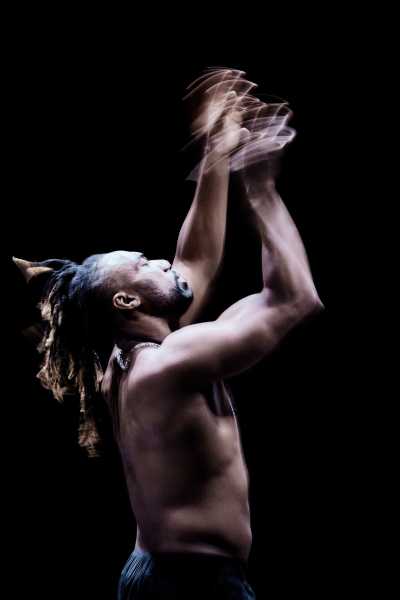
Michel Onomo in a piece by Bintou Dembélé.
Photograph by Christophe Raynaud de Lage
Five years ago, Bintou Dembélé became the first Black woman to choreograph for the Paris Opera. The achievement brought her a new level of recognition, but she has been a leading figure in French hip-hop dance for decades. For her New York début, Dembélé brings a project in two parts to close out L’Alliance’s Crossing the Line festival. “Palabre/s en mode marron” is an afternoon symposium gathering Francophone thinkers and artists to discuss what Dembélé calls “maroon thinking,” a notion derived from enslaved people who escaped to form their own maroon communities. “Rite de passage // solo II” is a fifty-minute embodiment of some of those ideas by the virtuosic dancer Michel Onomo.—Brian Seibert (Performance Space New York; Dec. 6-7.)
Classical
Baroque music is inexplicably well suited for the holiday season: perhaps it’s the twinkle of a harpsichord or the pious overtones, bolstered by the inescapable magic of Handel’s “Messiah.” Whatever the reason may be, the Chamber Music Society of Lincoln Center always feels right on time with its annual Baroque Festival. This year’s opening performance touts six Bach concertos, starting with the Italian Concerto for keyboard and ending with the two-violin Concerto in D Minor. Subsequent concerts celebrate a four-thousand-and-two-hundred-pipe organ—featuring pieces transcribed by Bach, and an actual holiday carol—and the lionized Brandenburg Concertos.—Jane Bua (Alice Tully Hall; Dec. 6-17.)
Broadway
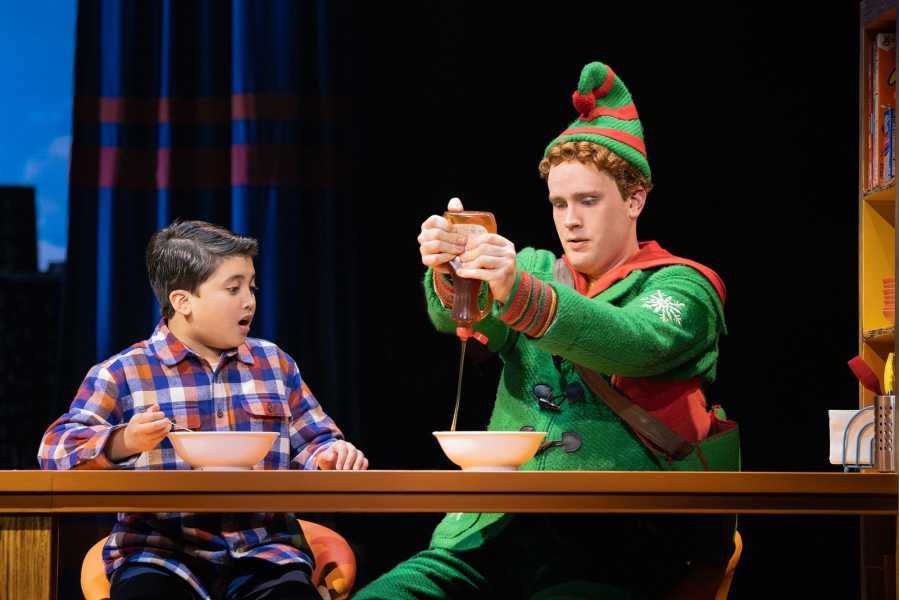
Kai Edgar and Grey Henson in “Elf.”
Photograph by Evan Zimmerman / MurphyMade
“Elf,” the holiday tale of Buddy, a man-child raised by Santa’s helpers in the North Pole who leaves for New York City to find his dad, is a gift that keeps on giving. Originally a 2003 movie starring Will Ferrell, its goofy sweetness and refrain of spreading Christmas cheer by “singing loud for all to hear” seemed ready-made for musical theatre. Sure enough, in 2010, it came to Broadway, where it now appears for the third time. Miraculously, this revival exudes freshness, from Grey Henson’s spirited performance as a wide-eyed Buddy to Liam Steel’s playful choreography, which turns tinsel into jump ropes. The book and score have the crackle and glow of a fire in the hearth. All together, it’s enough to make you believe in the magic of Christmas, or at least of commercialism.—Dan Stahl (Marquis; through Jan. 4.)
Movies
“The End” is a post-apocalyptic musical centered on a rich family who have holed up in a lavish, art-filled complex built deep underground, while the rest of humanity faces extinction. The wealthy couple, a former oil-company C.E.O. (Michael Shannon) and ballet dancer (Tilda Swinton), has three helpers (Tim McInnerny, Bronagh Gallagher, and Lennie James) and a grown son (George MacKay), who was born in the shelter and knows nothing of friendship or romance—until a climate refugee (Moses Ingram) finds her way in. As the director, Joshua Oppenheimer, emphasizes the household’s compromises and self-delusions (reinforced by the songs and dances) to justify its comforts as the world burns, Oppenheimer seemingly accuses his viewers, too. But the high-styled movie, with its apolitical and history-free abstraction, comes off as just another luxurious shrug.—Richard Brody (In limited release starting Dec. 6.)
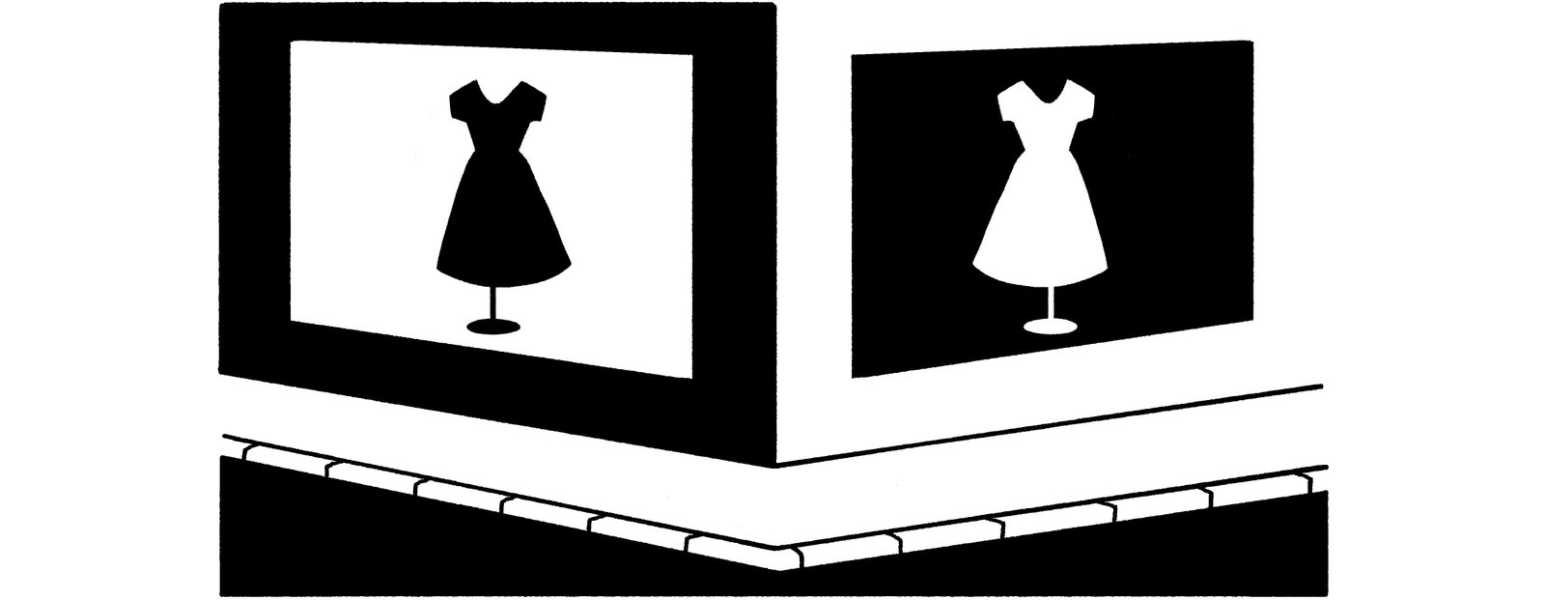
On and Off the Avenue
Rachel Syme on the latest in chic gift wrap.
Gift wrapping is, perhaps, one of the world’s most ephemeral art forms. It seems like folly to put any effort into it, knowing that all your hard work will soon be eviscerated by grubby, eager hands. And yet, what is the holiday spirit if not overexertion without the expectation of any lasting reward? Gift wrap has become quite stylish in recent years; I’m a big fan of the whimsical holiday paper offerings at Aspen & Arlo (this year’s prints, which cost $38.99 for a fifteen-foot roll, include corgis frolicking in the snow, a bustling winter scene on Fifth Avenue, and ballet-dancing Santas), and of the retro sixties-inspired wrap from Mod Lounge Paper Company. (I plan to cover all my gifts this season in their double-sided signature paper featuring palm fronds and pink Martini glasses; $5.50 for one sheet.) In terms of trimmings, you should feel free to splurge a bit—ribbons are perpetually reusable, both as house and hair adornments, and they can inject some real verve into your wrapping game. The ribbons at the home-goods store Terrain are well-known in professional notions circles for being particularly luxurious (and, it should be noted, not at all cheap; one roll of their velvet floral ribbon, which has a delightfully shabby-chic Victorian vibe, costs $54). The Farrisilk ribbons from Joycie Lane Designs are also quite striking; I’ve been coveting a roll of their new silver-sequin ribbon ($29) for weeks. Lastly, this has been a big year for pearl embellishments—they seem to be everywhere, from hair clips to denim jackets—so why not head over to The Jolly Christmas Shop Web site to buy ten yards of their ivory wired ribbon bordered with hundreds of little pearls ($109)? You will earn at least a few lingering oohs and aahs before the ripping begins.
P.S. Good stuff on the Internet:
- Elif Batuman on being “butthurt”
- A Leonard Cohen classic
- Marlowe Granados’s advice column
Sourse: newyorker.com
